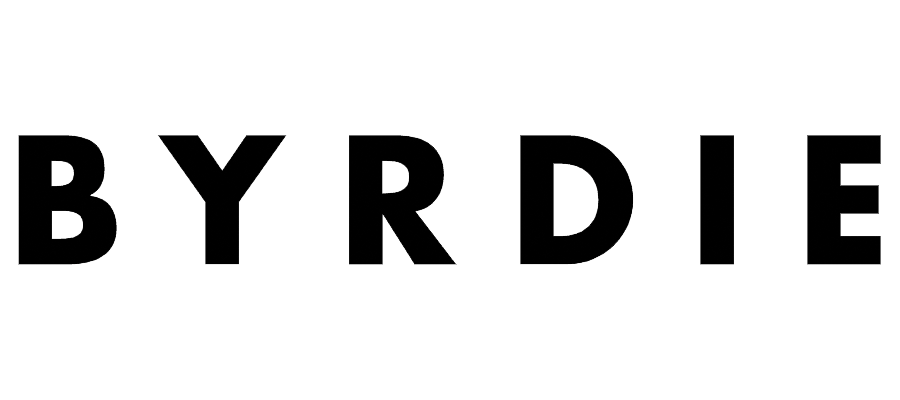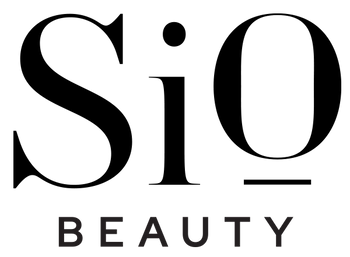Originally published January 21, 2020, updated August 9, 2024. Crepey skin is a common side effect of aging, so while time isn’t on your side, prevention and treatment measures can help firm your skin and reduce the loose, puckered appearance. There are plenty of options for treating crepey skin, both in and out of the dermatologist’s office. What Is Crepey Skin? Crepey skin is a term used to describe thin, fragile skin that has...












